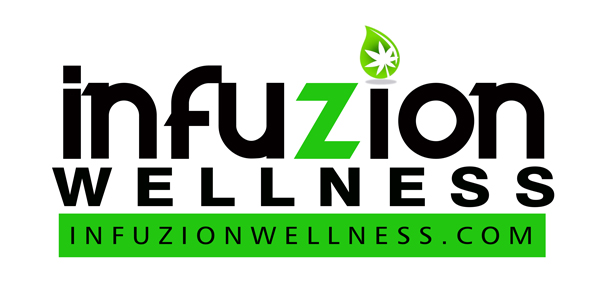WHAT IS CBD
CBD. Three little letters that are causing quite a conversation; from people swearing by it to help with their everyday aches and pains, to the nonbelievers who think it’s all a placebo effect.
There is a good chance you’ve heard a friend, family member, or coworker talk about CBD and it sparked some interest. Let us break down the basics for you!
What is CBD and How Does It Work?
Cannabidiol, or CBD, is a non-intoxicating cannabinoid molecule found in the flower of cannabis that is believed to possess broad therapeutic potential. CBD is often confused with its psychoactive cousin tetrahydrocannabinol (THC) when in reality CBD can actually counteract the psychoactivity of THC.
To understand how CBD works, you must first know and understand the endocannabinoid system (ECS). The ECS is a vital molecular system for helping maintain homeostasis, or internal systemic balance. This system helps to regulate sleep, appetite, mood, motor control, immune function, pleasure, reproduction and fertility, memory and temperature regulation.
The ECS is widespread throughout the body and is made up of three main components: cannabinoid receptors, endocannabinoids, and metabolic enzymes.
Unfortunately, the ECS can change and become compromised over time and has trouble maintaining balance. Disease and injury can also play a role in throwing our bodies even further out of balance – this is where CBD comes into play. CBD is a natural reinforcement used to stimulate the ECS. CBD does not bind to receptors in the ECS; instead, it stops the breakdown of our own endocannabinoids, allowing the body to use more of what it’s already naturally producing.
What Are People Using CBD For?
Many people are turning to CBD as an alternative to pharmaceuticals because CBD is said to have fewer side effects and does not pose a threat for possible addiction.
While research on CBD is limited, CBD has been shown to help with the following:
Anxiety Disorders
Arthritis
Epilepsy
Chronic Pain
Autism
Type 1 Diabetes
Migraines
Sleep Disorders
PTSD
Parkinson’s
*Note: CBD is not a cure-all and should be used as a supplement.
Top CBD Consumption Methods
If you’re new to CBD, you might be overwhelmed with how many different products you can find on the market. The 4 most popular consumption methods are sublingual, edibles, topical, and inhalation.
Sublingual
CBD oil and tinctures are probably the most popular CBD products right now. They are meant to be used sublingually. Sublingual consumption means that you drop the oil under your tongue and let it sit for 20-60 seconds, then swallow the remaining oil. When using CBD oil sublingually, you will usually feel the effects within 15-30 minutes.
Edibles
CBD edibles are quickly becoming a favorite way for consumers to get their daily CBD. Edibles, such as gummies and drinks, must be digested and then absorbed into the bloodstream through the lining of the stomach. This process can be timely and can take anywhere from 1-6 hours to take effect.
Topical
CBD-infused lotion and creams are typically used to help with pain from arthritis, sore muscles, and inflammation. Topical CBD doesn’t reach the bloodstream but interacts with endocannabinoid receptors found under the skin. Topicals are great for targeting pain in a specific area. These products can take up to an hour to take effect and can last up to 5 hours.
Inhalation
If you’re looking for immediate, short-term relief, then inhalation products such as a vape may be the right for you. When CBD is inhaled, it is absorbed through the lungs and takes effect almost immediately. This is the quickest method to reach the bloodstream, but you will have to take additional doses because it also has the shortest period of effectiveness.







